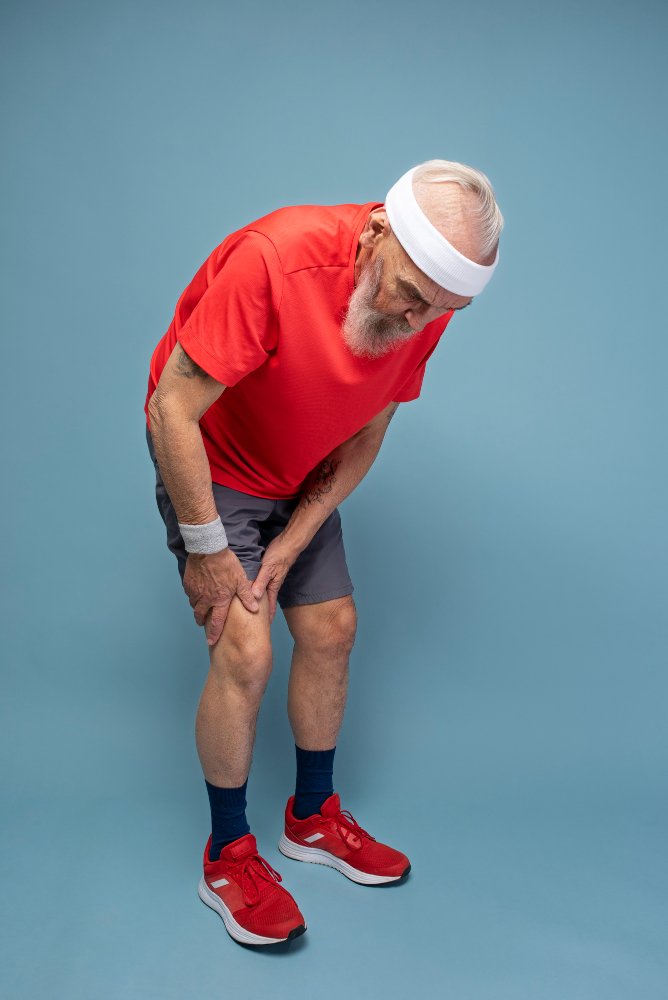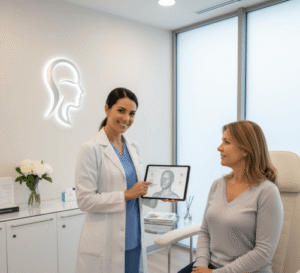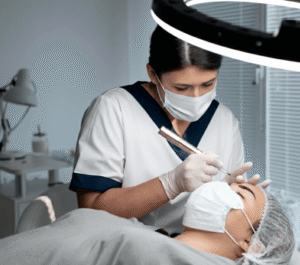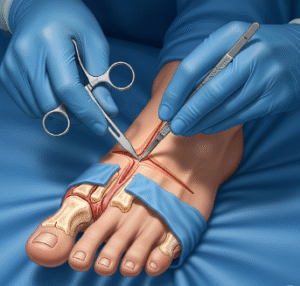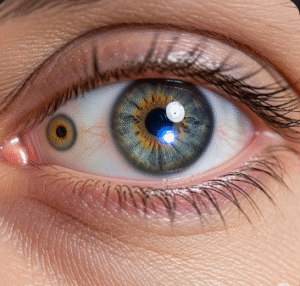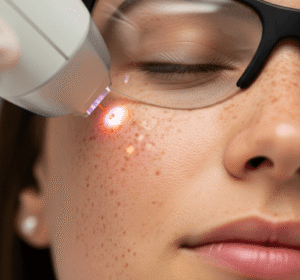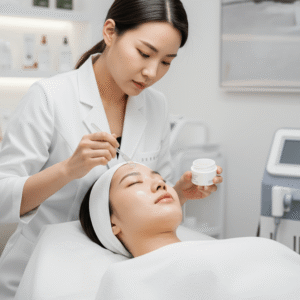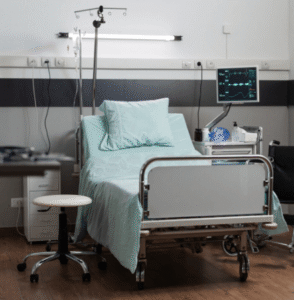Overview
Complex Regional Pain Syndrome (CRPS) is a chronic pain condition that usually develops after an injury, surgery, stroke, or heart attack. The hallmark of CRPS is severe, persistent pain that is disproportionate to the initial injury. It is often accompanied by changes in skin color, temperature, and swelling in the affected limb. CRPS can significantly reduce quality of life, as patients may experience ongoing pain, limited mobility, and psychological distress. In Korea, advanced multidisciplinary treatment approaches are available, integrating pain medicine, rehabilitation, and psychological support to help patients regain function and manage symptoms. With its modern healthcare infrastructure and innovative therapies, Korea has become a destination for those seeking effective management of CRPS.
What is Complex Regional Pain Syndrome (CRPS)?
CRPS is a rare but serious condition characterized by chronic, excessive pain that typically affects an arm, leg, hand, or foot after an injury. Unlike normal pain, CRPS is disproportionate and can persist long after the initial wound has healed. There are two recognized types:
- CRPS-I (Reflex Sympathetic Dystrophy) – occurs without confirmed nerve damage.
- CRPS-II (Causalgia) – occurs with clear evidence of nerve injury.
The exact mechanism of CRPS is not fully understood, but it is believed to involve abnormal interactions between the peripheral and central nervous systems, leading to exaggerated pain signaling and inflammatory responses.
Symptoms
Symptoms of CRPS vary in severity and may change over time. Common features include:
- Intense, burning or throbbing pain in the affected limb
- Sensitivity to touch or cold (allodynia)
- Swelling and stiffness in the joints
- Changes in skin temperature (warm or cold compared to the other limb)
- Alterations in skin color (pale, red, bluish, or blotchy appearance)
- Shiny or thin skin texture over the affected area
- Abnormal hair and nail growth
- Muscle weakness, tremors, or spasms
- Decreased ability to move the affected limb
- Emotional distress such as anxiety or depression due to chronic pain
Causes
The precise cause of CRPS is still unclear, but it often arises after:
- Trauma or injury – fractures, sprains, or surgeries
- Nerve damage – which disrupts normal pain signaling pathways
- Immune system response – exaggerated inflammatory reactions in nerves and tissues
- Dysfunction of the autonomic nervous system – affecting blood flow and temperature regulation
- Stroke or heart attack – leading to immobility and secondary nerve dysfunction
Although not every injury leads to CRPS, certain individuals may be more susceptible due to genetic or immune factors.
Risk Factors
Certain factors increase the likelihood of developing CRPS:
- Middle-aged adults, though it can occur at any age
- Female sex, as women are more commonly affected
- History of fractures, sprains, or surgical interventions
- Previous nerve injury
- Stroke or immobilization of a limb
- High levels of psychological stress after trauma or injury
Complications
If left untreated or inadequately managed, CRPS can lead to long-term complications:
- Muscle wasting and atrophy due to disuse
- Contractures or tightening of muscles, tendons, and ligaments
- Permanent changes in bone density (osteoporosis)
- Chronic disability and loss of independence
- Severe psychological impact including depression and social withdrawal
- Spread of symptoms to other body parts, although this is less common
Prevention
Preventing CRPS is challenging, but certain measures may reduce risk:
- Early mobilization and rehabilitation after fractures, surgeries, or immobilization
- Vitamin C supplementation in some cases after fractures, which may reduce CRPS incidence
- Proper management of nerve injuries to minimize abnormal healing
- Prompt treatment of pain and swelling following trauma
- Stress management and psychological support after major injuries or surgeries
Treatment Options in Korea
1. Diagnosis
Korean medical centers use a detailed clinical evaluation supported by advanced diagnostic tools:
- Clinical examination focusing on pain intensity, skin changes, and motor function
- Imaging studies such as X-rays, MRI, or bone scans to identify changes in bone density and tissue health
- Nerve conduction studies and electromyography to assess nerve function
- Diagnostic nerve blocks to confirm involvement of sympathetic nerves
2. Medical Treatments
Pharmacological treatment in Korea is designed to relieve pain and control inflammation:
- Nonsteroidal anti-inflammatory drugs (NSAIDs) to reduce pain and swelling in early stages
- Anticonvulsants and antidepressants (gabapentin, amitriptyline) for nerve-related pain
- Corticosteroids to control severe inflammation
- Bisphosphonates to treat bone loss associated with CRPS
- Topical analgesics such as lidocaine patches or capsaicin creams
- Sympathetic nerve blocks with local anesthetics to provide temporary pain relief
3. Advanced and Interventional Therapies
For patients with persistent or severe CRPS, Korea offers advanced interventional pain management:
- Spinal cord stimulation (SCS) – an implanted device that modulates pain signals in the spinal cord
- Intrathecal drug pumps delivering pain medication directly to the spinal fluid
- Radiofrequency ablation to target overactive pain pathways
- Ketamine infusions for patients with refractory pain, available in specialized centers
4. Rehabilitation and Support
Rehabilitation plays a central role in Korean treatment programs for CRPS:
- Physical therapy to maintain mobility, prevent contractures, and improve blood flow
- Occupational therapy to assist with daily activities and adaptive techniques
- Mirror therapy and graded motor imagery to retrain the brain’s perception of pain
- Aquatic therapy using hydrotherapy pools for gentle, low-impact exercise
- Psychological counseling to address anxiety, depression, and stress management
5. Holistic and Complementary Approaches
Many Korean hospitals incorporate integrative therapies:
- Acupuncture and traditional Korean medicine to support pain relief
- Nutritional counseling to strengthen immune and nerve health
- Mind-body therapies such as meditation and relaxation training
6. Medical Tourism for CRPS in Korea
Korea has developed an international reputation for treating chronic pain syndromes like CRPS:
- Multidisciplinary teams including neurologists, anesthesiologists, physiotherapists, and psychologists
- Advanced pain clinics equipped with the latest technologies
- Comprehensive care packages for international patients including translation and follow-up support
- Emphasis on both medical and rehabilitative approaches to maximize recovery outcomes

